Walking into the Victoria and Albert Museum in London always gives me that sense of stepping into a place brimming with surprises. Sure, the big-name exhibits pull in the crowds, but what really made my visit stand out were the treasures tucked away in quiet corners and less-busy galleries.
I found five unexpected gems at the V&A that honestly made the whole trip more memorable than I’d imagined.
These discoveries ranged from quirky historical objects to stunning artwork that most people just breeze past. Each piece seemed to tell its own story, showing off the museum’s reach across time and cultures.
As I wandered through these hidden highlights, I realized the best parts of the V&A often stay out of the limelight. I’m excited to share what I stumbled upon.
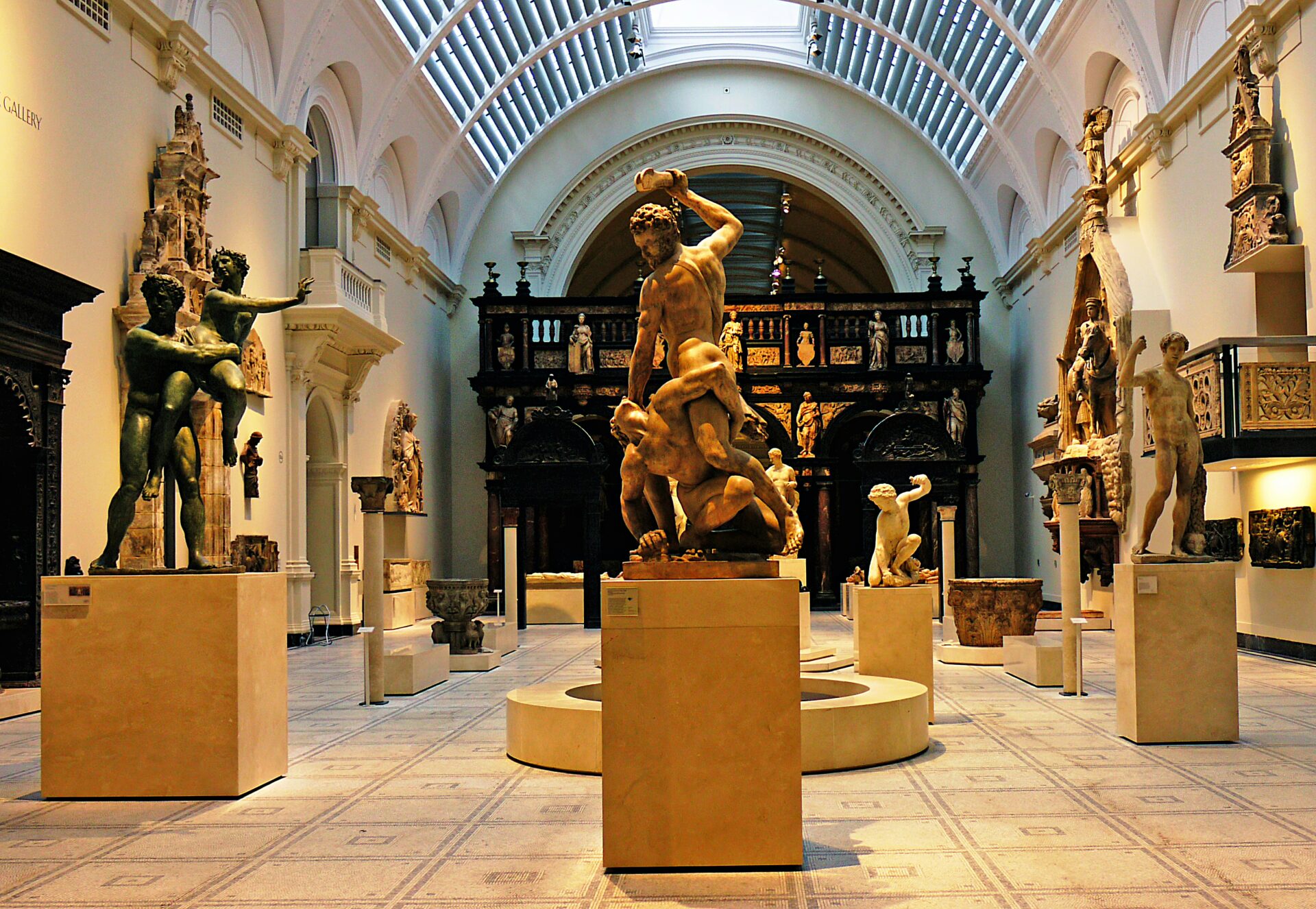
Uncovering Artistic Gems Beyond the Main Halls
If you wander away from the main halls at the Victoria and Albert Museum, you might run into some delightful surprises. I found bold modern art tucked away, and some remarkable textile displays in quiet corners.
Hidden Works by Contemporary Artists
The V&A’s reputation for historic collections is well-earned, but I actually found myself drawn to pieces by contemporary artists far from the crowds. In one quiet alcove, a local British artist’s abstract sculpture pulled me in for a closer look.
It wasn’t just sculpture, either—some smaller galleries displayed modern ceramics and glasswork. The colors and shapes popped against all the older artifacts. What struck me? These new creations sit right alongside centuries-old designs, sparking a conversation across time.
If you’re into current art, here’s a tip: check the tucked-away rooms and side galleries. You’ll often find new voices challenging tradition and honoring craft. I lingered in one gallery filled with bold installations, snapping way too many photos, honestly just soaking up the creative energy.
Must-See:
- Modern sculpture alcoves
- Rotating installations from UK and international artists
- Contemporary ceramics in side galleries

Unexpected Textiles in Quiet Corners
I’ve always had a soft spot for fabric arts, so I made a point to seek out the V&A’s lesser-known textile displays. In one peaceful room, I came across an intricate collection of South Asian textiles. The bright silks and detailed embroidery told stories you don’t really hear in the bigger exhibitions.
Somewhere else, I found a display of 20th-century fashion tucked behind a main stairwell. There were mannequins in vintage dresses from the 1970s and 80s, showing off the creative spirit of those eras. Hardly anyone was there, so I got to really look at the textures and patterns up close.
If you’ve got the time, skip the central galleries and explore the quieter rooms. These spaces often feature rotating textile exhibits and highlight global influences on British design. I jotted down fabric ideas and techniques, just inspired by the variety I found in one afternoon.
Quick Tips:
- Hunt for hidden textile galleries on different floors
- Watch for rotating displays of international fabric arts
- Take your time; the quieter spots let you absorb more at your own pace
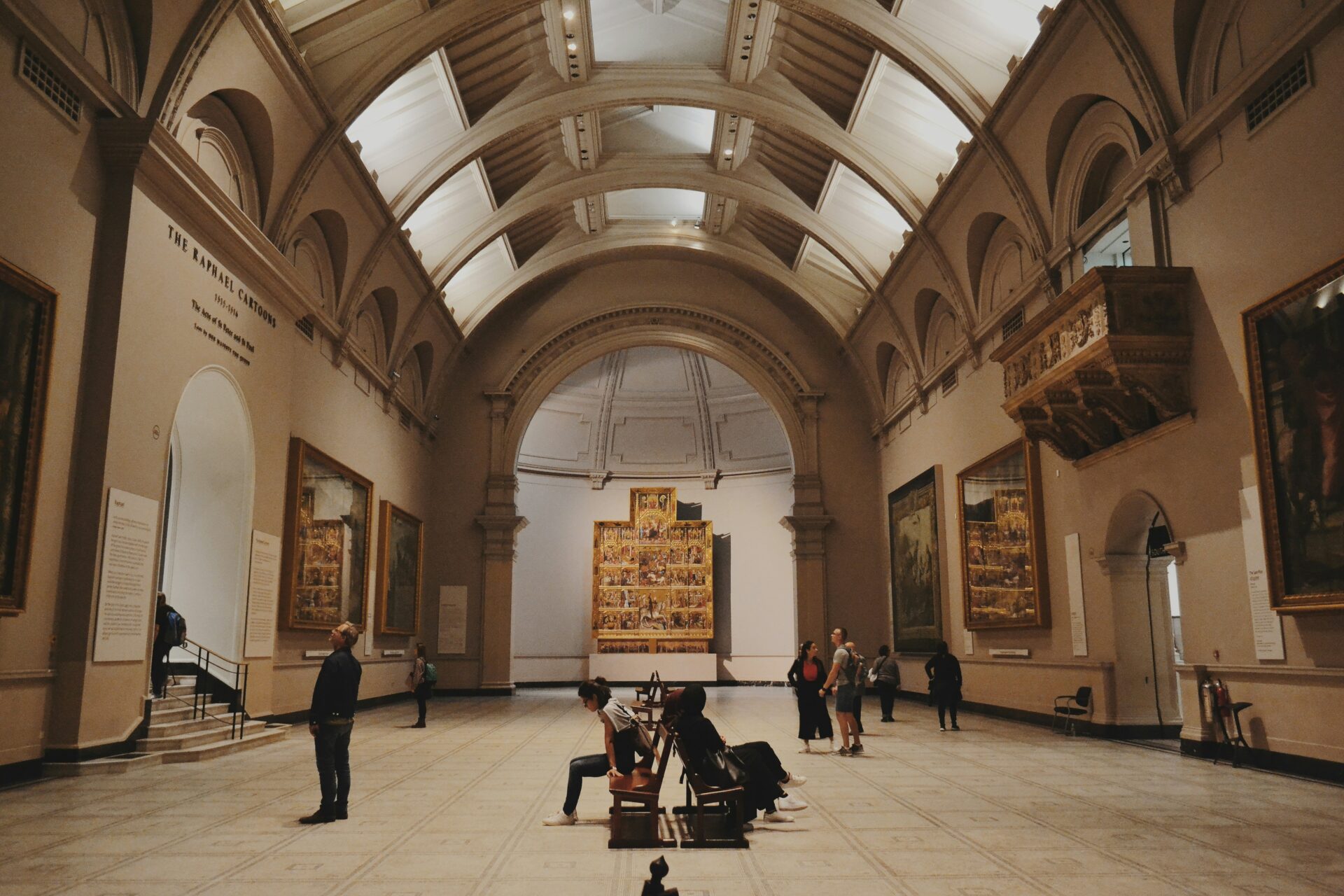
Historical Curiosities Off the Beaten Path
As I wandered through the V&A, I bumped into some truly unexpected objects with quirky stories. These finds let you experience history in fresh ways—sometimes through music, sometimes with a glass in hand.
Surprising Serendipity: The Story Behind a Victorian Serenade
One afternoon, I slipped into a less crowded section and spotted a delicate old music score behind glass. This Victorian serenade wasn’t famous, but the handwritten notes and faded lyrics drew me in.
Turns out, a family performed it at a small gathering in 19th-century London. Unlike the grand concert harps, they played this serenade on a simple portable violin. Doodles and personal notes in the margins made it feel almost like I was peeking into someone’s living room.
The display’s note read: This serenade was meant to bring loved ones together on chilly winter nights. That detail made me realize how music wove itself into daily Victorian life, way beyond the concert halls. Music lovers—definitely take time to hunt down manuscripts and unusual instruments here.
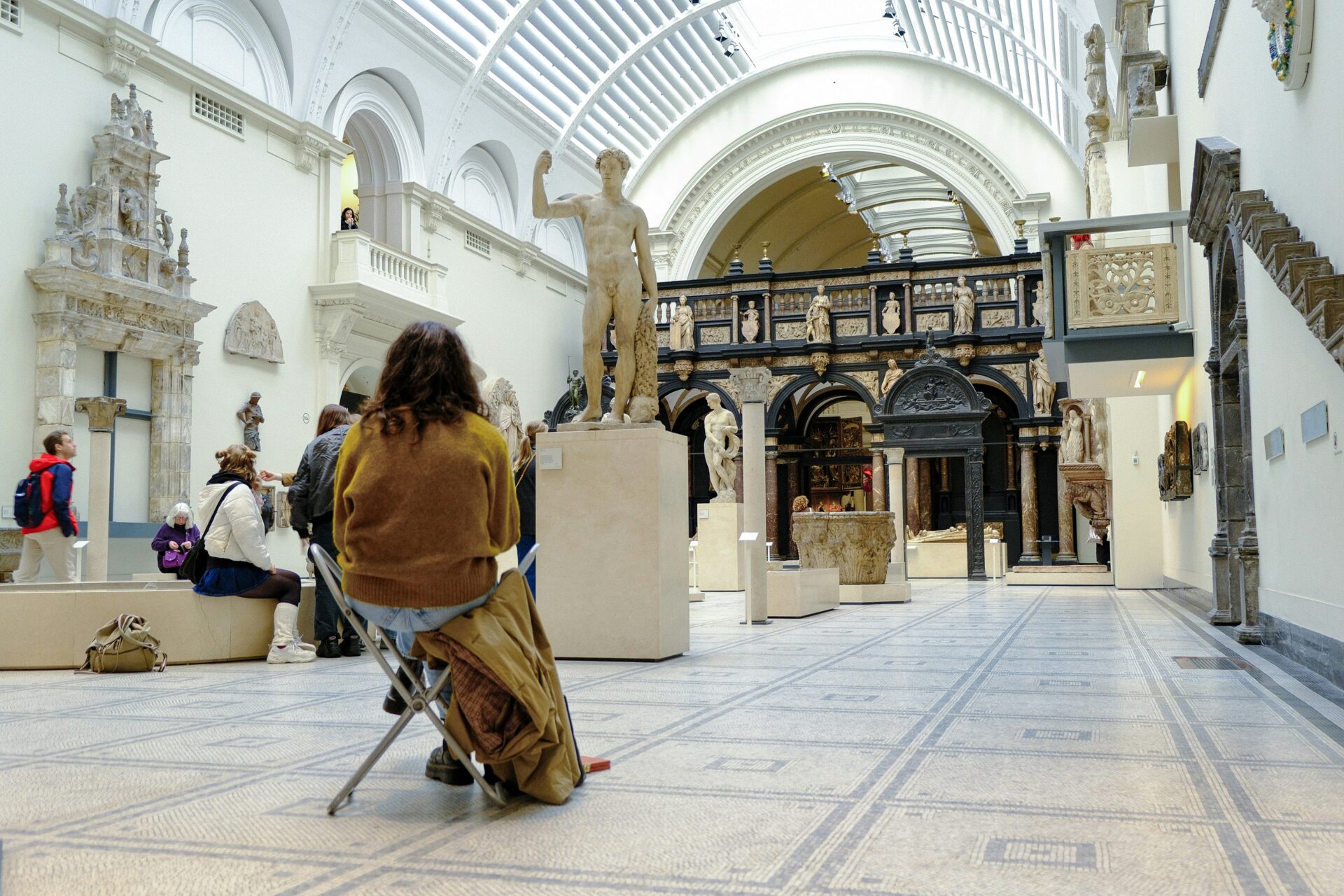
The Champagne Connection: A Toast to Unusual Finds
Further down another hallway, something sparkly caught my eye—a silver champagne cooler, not far from the busy fashion displays. Its whimsical grapevine patterns and engraved party scenes made me smile.
The label said a nobleman commissioned it for estate parties in the late 1800s. This wasn’t just a fancy cooler; it was a centerpiece for celebrations, from weddings to New Year’s bashes.
Seeing this piece reminded me that even aristocratic objects had social, practical roles. The V&A’s collection turns up surprises like this all the time, connecting everyday pleasures—like sharing a drink—to the big moments in people’s lives. If you’re passing by, look for pieces like this to get a sense of how people really lived and celebrated.
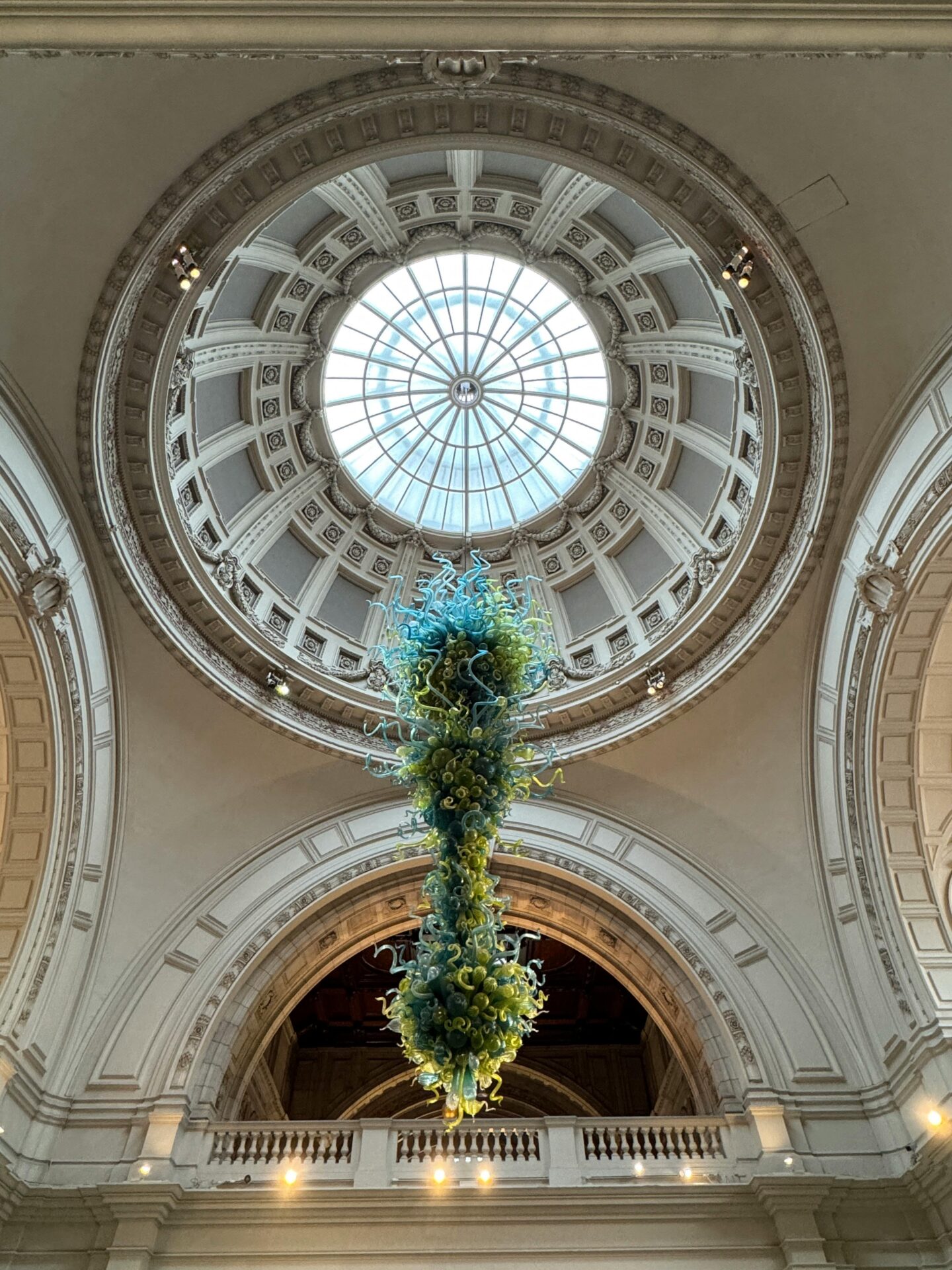
Artistic Influences from Europe to the Thames
As I wandered the V&A, I noticed connections between London and the wider creative world. Moving from elegant galleries to riverside finds, I started seeing how European artists like Matisse left their mark on British art and design—even along the Thames.
Traces of Matisse and European Flair
It struck me how the V&A’s collections echo the colorful boldness of Matisse, right in London. Some textile pieces showed swirling patterns and bright palettes that reminded me of his fauvist style. One silk wall hanging, for instance, instantly called to mind his paper cut-outs with its strong shapes and joyful colors.
The influence didn’t just stop at wall art. Ceramics from Bath and metalwork from Oxford carried that same European creativity. These objects blended British tradition with a dash of French whimsy. I even spotted tiny items—buttons, book covers—with a flair that seemed straight from across the Channel.
Pro tip: Read the small labels in exhibit cases. I found surprising references to artists like Matisse, and following these little connections made the visit feel like a personal treasure hunt.
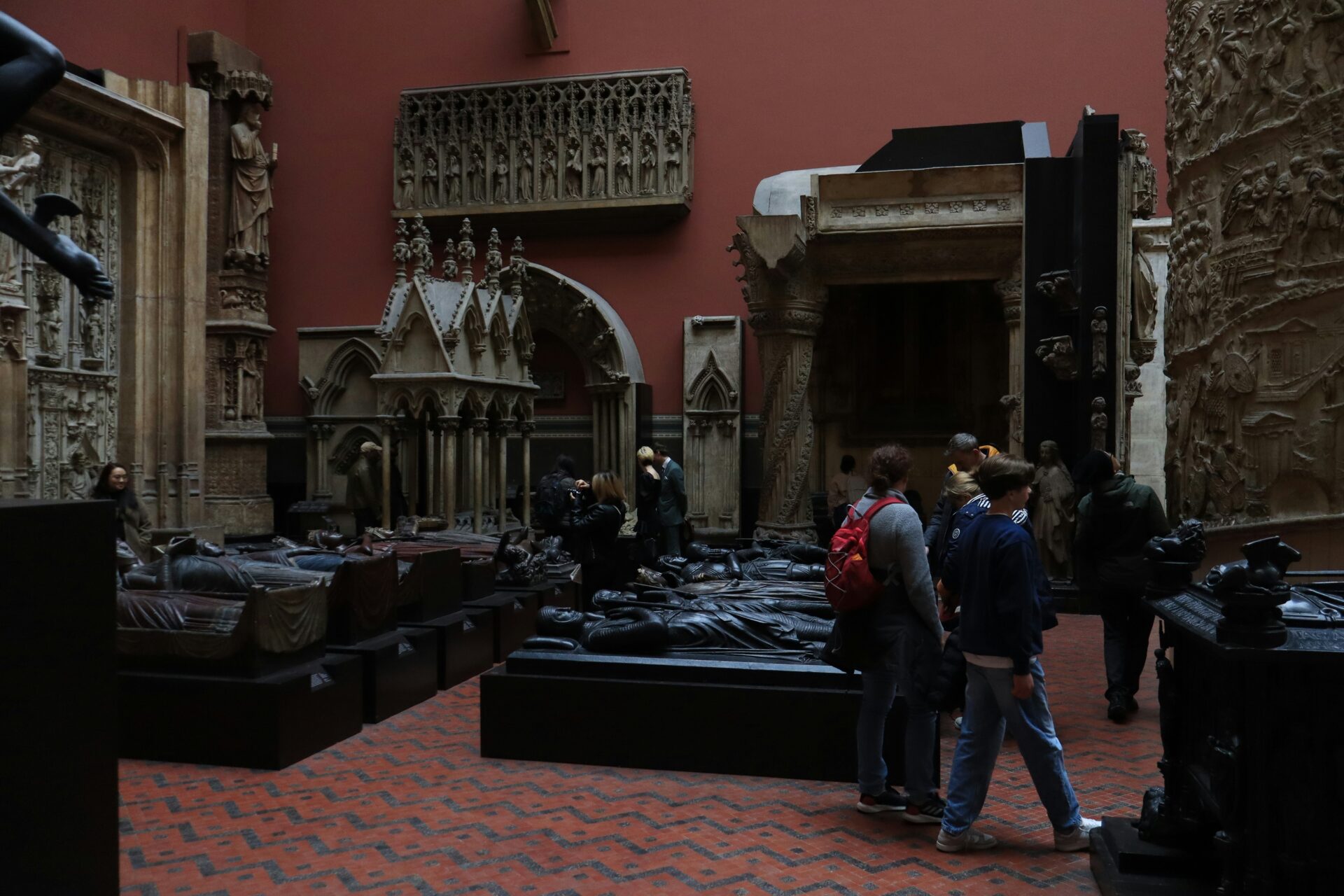
London Links: Stories That Connect the V&A to the City
The Victoria and Albert Museum isn’t just a building packed with treasures—it’s woven right into the fabric of London. The connections stretch across the city, and you’ll run into surprises around every corner.
From Waterloo to Hyde Park: Museum’s Urban Ties
The first time I walked from Waterloo station to the V&A, I realized how the city’s stories connect through simple journeys. The museum sits near South Kensington, but its stories ripple out to places like Hyde Park.
Walking up Exhibition Road, I passed grand townhouses and lively cafés. Hyde Park is just a short walk away. Sometimes, after a museum visit, I’ll relax by the Serpentine Lake or just have a snack on the grass—feeling like both a local and a tourist.
The V&A’s own history ties right into the city’s big events. It opened in 1852 to inspire the public after London’s Great Exhibition in Hyde Park. The museum stands on land prepared during that era. If you’re exploring South Kensington, spotting the museum’s facade against the city’s backdrop feels like a proper London moment.
Quick Tip: Pair your museum visit with a walk through Hyde Park. It’s a great way to let the art and design sink in—and to see how both shape the city’s heart.
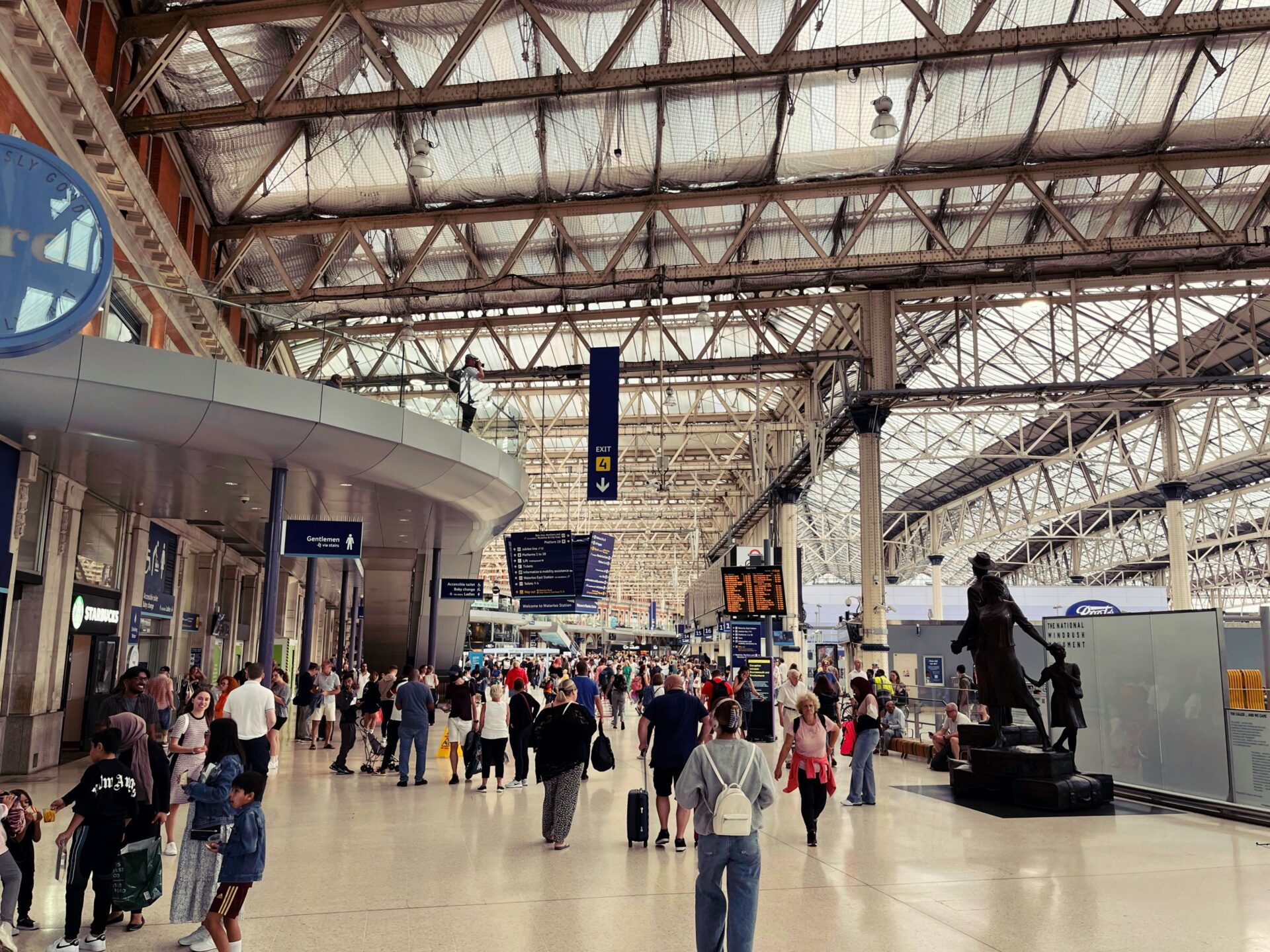
Kew Gardens and the V&A: Unexpected Intersections
I honestly didn’t expect to spot the V&A popping up in places like Kew Gardens, but it does. These two London icons seem totally different—one’s all about plants, the other about art—but they share surprising ties.
The V&A holds botanical illustrations and garden designs in its collections. I once went to a V&A exhibit of nineteenth-century botanical drawings, only to see those same species blooming at Kew later on. The link between art and horticulture felt inspiring and surprisingly real.
Sometimes the collections even overlap. Some of Kew’s famous florals—like the water lilies—show up in V&A design displays as motifs in fabrics, ceramics, and artwork. Spotting these patterns helped me appreciate how creativity flows between the city’s gardens and galleries.
Pro Tip: If you love both gardens and art, plan a day where you visit the V&A for design treasures and Kew Gardens for living inspiration. It’s a unique way to trace the connections that make London such a rich city to explore.

A Touch of Local Character: The V&A and Liberty
Hidden in the galleries and behind the main exhibits, you can spot the influence of London’s Liberty department store in the V&A’s collection. I found it fascinating to see how these two famous places intertwine through art, design, and a shared history.
Liberty’s Influence on Museum Collections
As I wandered through the V&A, I noticed textiles and decorative arts that felt oddly familiar. Liberty, with its rich prints and unique fabrics since the late 1800s, has given the museum quite a few standout pieces.
One display showed a gorgeous Liberty silk scarf from the 1930s, right next to other Arts and Crafts-inspired items. The bold prints and flowing lines revealed how Liberty shaped British style, reaching far beyond just fashion. The store even worked with designers whose work now lives in the V&A.
Fun fact: The museum holds letters and design sketches from Liberty craftspeople. If you’re into textile design or quirky brands with deep London roots, this “local character” is a treat to see up close.
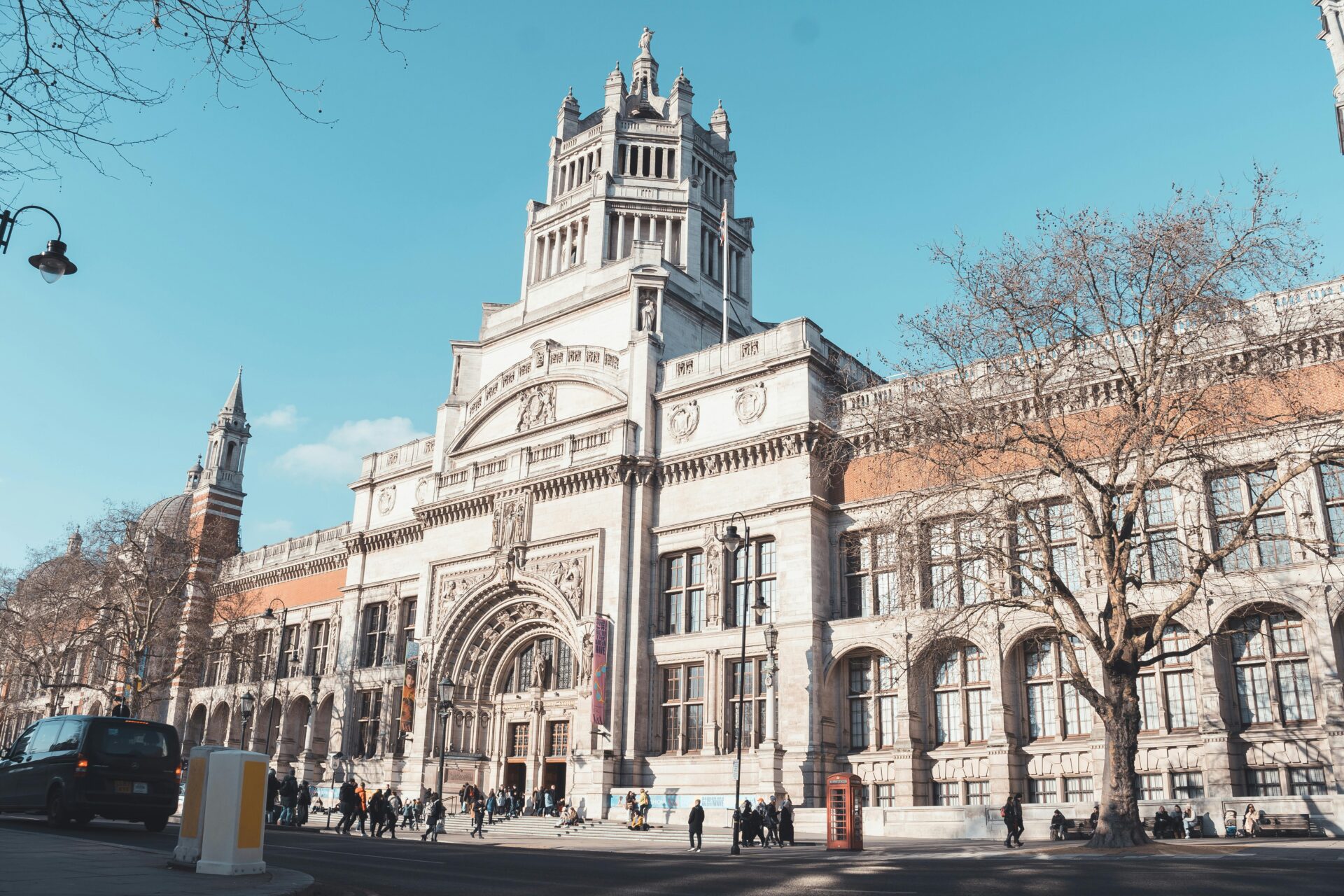
Distinctive Wonders: What Sets the V&A Apart from the British Museum
When I walked into the Victoria and Albert Museum, I noticed immediately how different it feels from the British Museum. The V&A celebrates design, fashion, and creativity in ways other iconic museums just don’t. Each gallery tells a story not only about history, but about art woven into daily life.
Contrasting Experiences: V&A Versus Other Iconic Museums
What really stands out between the V&A and the British Museum? It’s all about what each museum decides to put front and center. The British Museum dives into world history, archaeology, and ancient civilizations.
You’ll spot mummies, the Rosetta Stone, and those iconic Greek statues. It’s kind of overwhelming, honestly.
But at the Victoria and Albert Museum, the vibe shifts. The displays just burst with human creativity.
As I wandered the V&A, I stumbled into rooms stuffed with handmade jewelry, gorgeous costumes, and sculptures that almost begged for a closer look. Modern 3D-printed objects even make an appearance.
The V&A feels way more hands-on and personal. Colors, materials, and textures practically invite you to reach out and touch them.
If I wanted to see how art weaves into daily life or check out British fashion up close, the V&A was absolutely the spot. Meanwhile, the British Museum brings a sweeping, global perspective that’s impressive—though sometimes a bit distant.
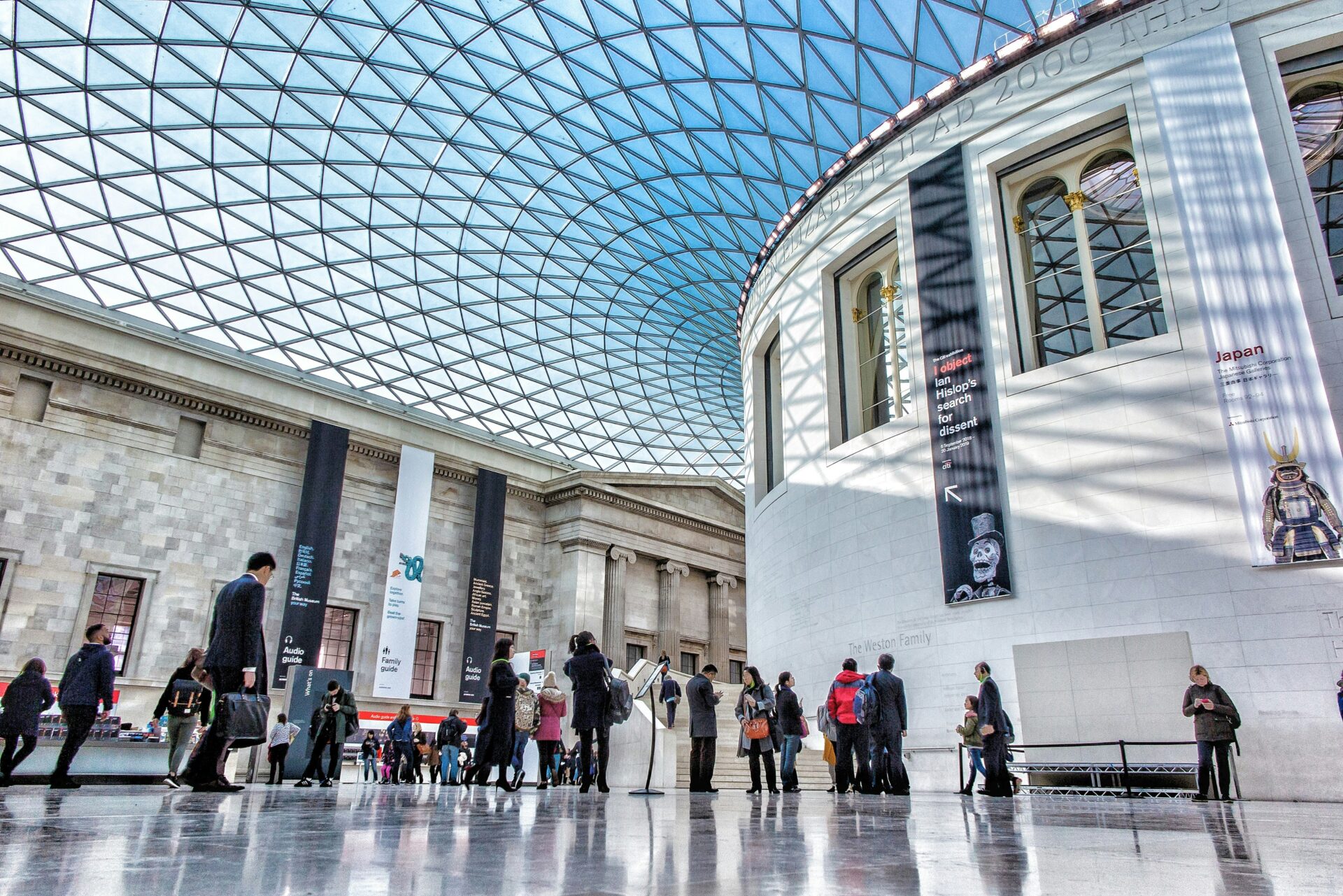
| Museum | Focus | Example Highlights |
|---|---|---|
| V&A | Art, design, fashion, creativity | Tippoo’s Tiger, costumes, 3D-printed items |
| British Museum | World history, archaeology, ancient art | Rosetta Stone, Egyptian mummies, Greek vases |
Honestly, the two museums balance each other out. But if you want an experience that feels alive and personal, the V&A really shines—especially if you love getting close to beautiful things.

